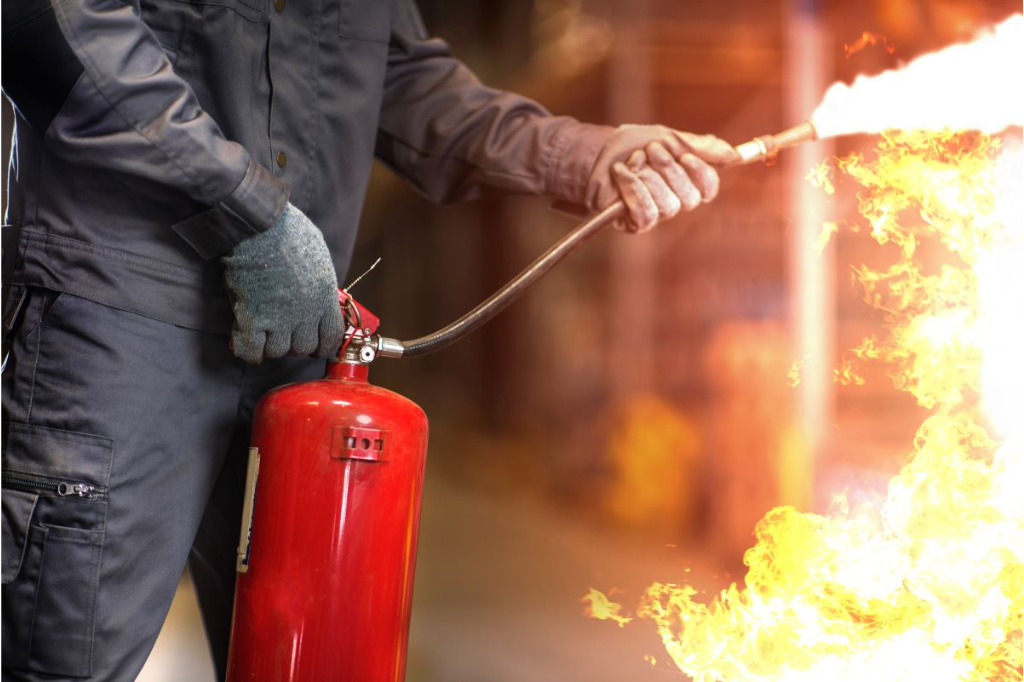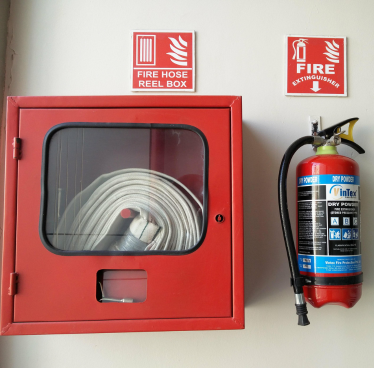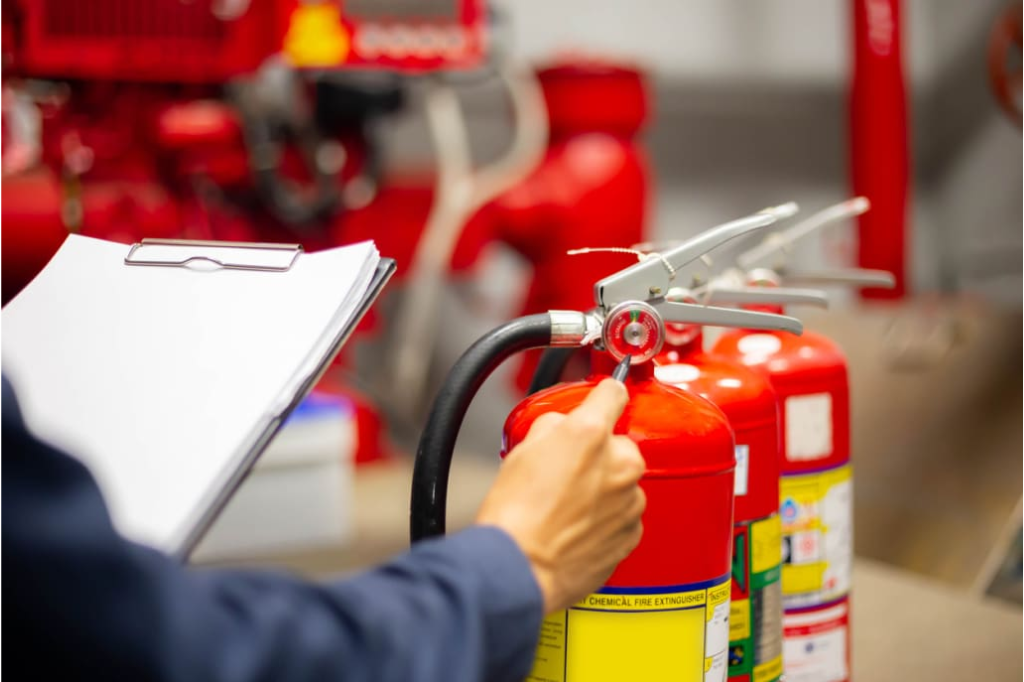
Overview
Fire extinguishers are one of the first lines of defense in fire safety, providing the ability to quickly suppress or control small fires before they escalate. At Total Shield Solutions, we specialize in the professional installation of fire extinguishers, ensuring that your building is equipped with the right type and quantity to meet both safety requirements and your specific operational needs. Properly placed and maintained fire extinguishers can prevent property damage, injuries, and even save lives.
Our services begin with a thorough assessment of your property. Every building is different, and so are its fire risks. We evaluate the size of your space, the nature of its operations, and potential fire hazards to determine the most effective fire extinguisher solutions. Whether you need ABC dry chemical extinguishers for common fires, CO2 extinguishers for electrical fires, or specialized units for industrial settings, we ensure that you’re fully equipped to handle any fire emergency.
Key Benefits
How often should fire extinguishers be inspected?
Fire extinguishers should be visually inspected monthly and undergo a full maintenance check annually by a qualified technician. If an extinguisher is used, it must be recharged immediately.
What type of fire extinguisher do I need for my business?
The type of extinguisher you need depends on the nature of your business and potential fire hazards. For example, an office may require ABC extinguishers, while a commercial kitchen needs Class K extinguishers.
Where should fire extinguishers be placed in a building?
Fire extinguishers should be installed in easily accessible locations along escape routes, near exits, and in areas where fire risks are higher, such as kitchens or equipment rooms.


